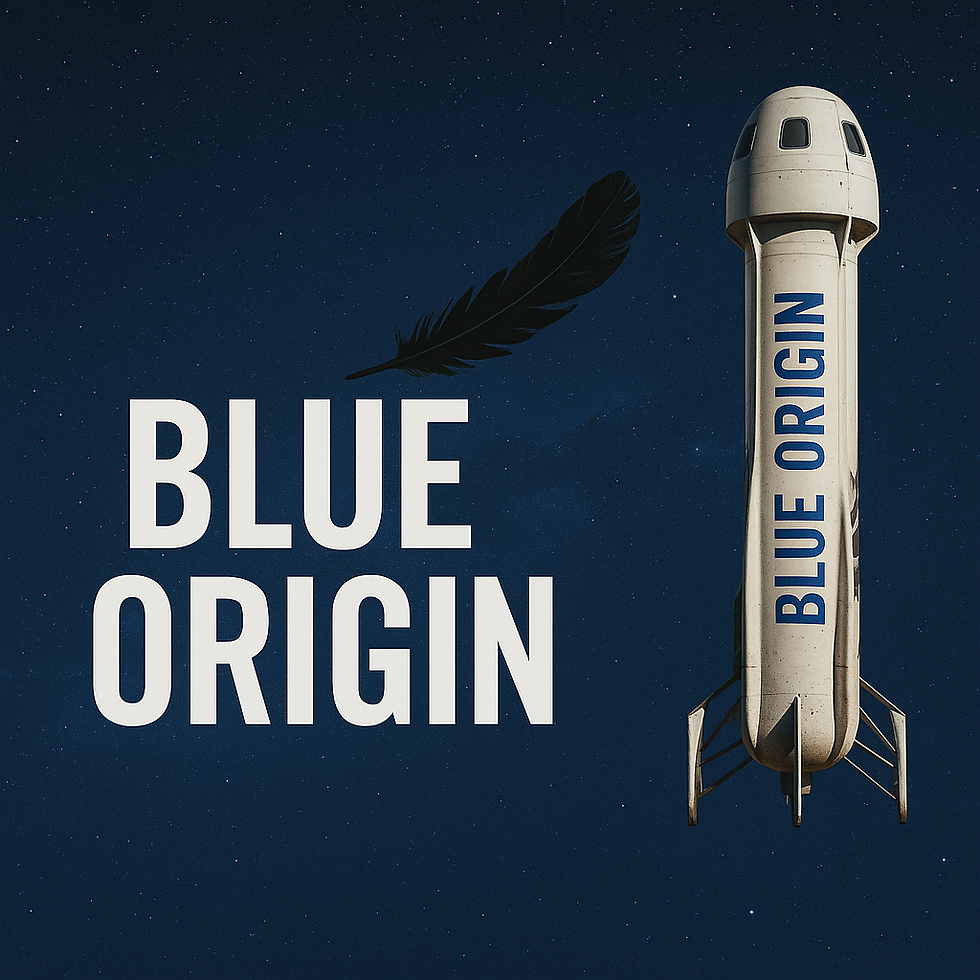Beaming Information Down: Satellite-to-Ground Laser Communication
- Knowledge Barrel
- Jan 2
- 3 min read

Imagine sending information from space to Earth, not with radio waves like walkie-talkies, but with beams of light! That's the exciting world of satellite-to-ground laser communication, a technology that promises to revolutionize how we transmit data across vast distances.
What is Satellite-to-Ground Laser Communication?
Think of it like this: Instead of radio waves, which spread out in all directions, laser communication uses focused beams of light to carry information. Just like fiber optic cables that bring internet to your home, but over much larger distances in space!
How Does it Work?
A satellite high above Earth has a special device called a laser transmitter. This transmitter shoots a narrow beam of light, like a super-focused flashlight, towards a ground station on Earth.
The ground station has a receiver that's like a super-sensitive camera, designed to pick up this faint light beam.
The information, like pictures or messages, is encoded within the laser beam itself. The receiver then decodes this information, extracting the data sent from the satellite.
Why is Laser Communication Important?
There are several reasons why this technology is so exciting:
Super-Fast Speeds: Laser beams can transmit information much faster than traditional radio waves. This is like the difference between a slow dial-up internet connection and the super-fast broadband you might have at home. With laser communication, we can download massive amounts of data from satellites in a shorter time.
More Information: Our world is constantly generating more and more data. Laser communication provides a much larger "highway" for this data to travel on, compared to traditional radio waves. This is crucial for things like:
Downloading high-resolution images and videos from space missions.
Getting detailed information from Earth observation satellites that monitor things like weather patterns and environmental changes.
Supporting the next generation of communication networks, like 5G and even faster 6G, which will require even more bandwidth.
Enhanced Security: Because laser beams are so focused and travel in a straight line, it's much harder to intercept the signal compared to radio waves. This makes laser communication more secure for transmitting sensitive information.
Challenges and Advancements:
While laser communication offers amazing benefits, there are still some hurdles to overcome:
Weather Woes: Rain, clouds, and fog can disrupt the laser beam, making it difficult to transmit information clearly. Scientists are working on ways to overcome these challenges.
Keeping it Steady: The laser beam needs to be aimed very precisely between the satellite and the ground station. This can be tricky, especially when the satellite is constantly moving in its orbit around Earth. Engineers are developing better pointing and tracking systems to address this.
Technology in Progress: Laser communication technology is still under development. Scientists and engineers are constantly working to improve the reliability and robustness of these systems.
Who's Working on Laser Communication?
Several organizations are actively involved in developing and testing laser communication technologies:
Space Agencies: Leading the way are space agencies like the European Space Agency (ESA) and NASA. They've conducted successful missions like NASA's Lunar Laser Communication Demonstration (LLCD), which proved that high-speed laser communication is possible between the Moon and Earth.
Commercial Players: Private companies are also joining the race. SpaceX, for example, is integrating laser communication into its Starlink constellation of satellites. This will allow them to transfer data between satellites much faster, improving the overall network performance.
China's Rise: According to a recent article in the South China Morning Post (SCMP), China has made significant progress in laser communication. They've successfully transmitted high-resolution images using a laser communication system, potentially surpassing the capabilities of SpaceX's Starlink. This development highlights China's growing presence in the race for laser communication dominance.
The Future of Space Communication:
Laser communication has the potential to revolutionize the way we communicate with satellites. With ongoing advancements, this technology can unlock exciting possibilities in various fields:
Space Exploration: Laser communication can enable faster and more reliable transmission of data from deep space missions, allowing us to explore the universe further and gather more information.
Scientific Discovery: Scientists can use laser communication to receive data from Earth observation satellites in near real-time, helping us better understand our planet and its changing environment.
Global Communication: Laser communication can support the development of next-generation communication networks, providing faster and more reliable internet access to people around the world.
As we continue to explore space and our data needs keep growing, laser communication will play a critical role in connecting our world at unprecedented speeds and with enhanced security. This technology is still in its early stages, but the future looks bright for shining a light





Comments